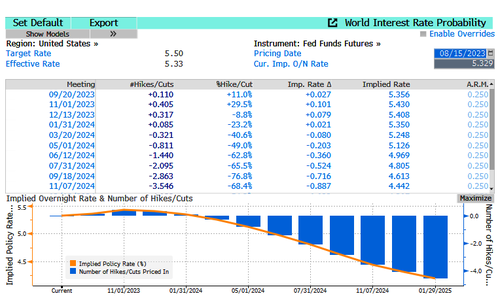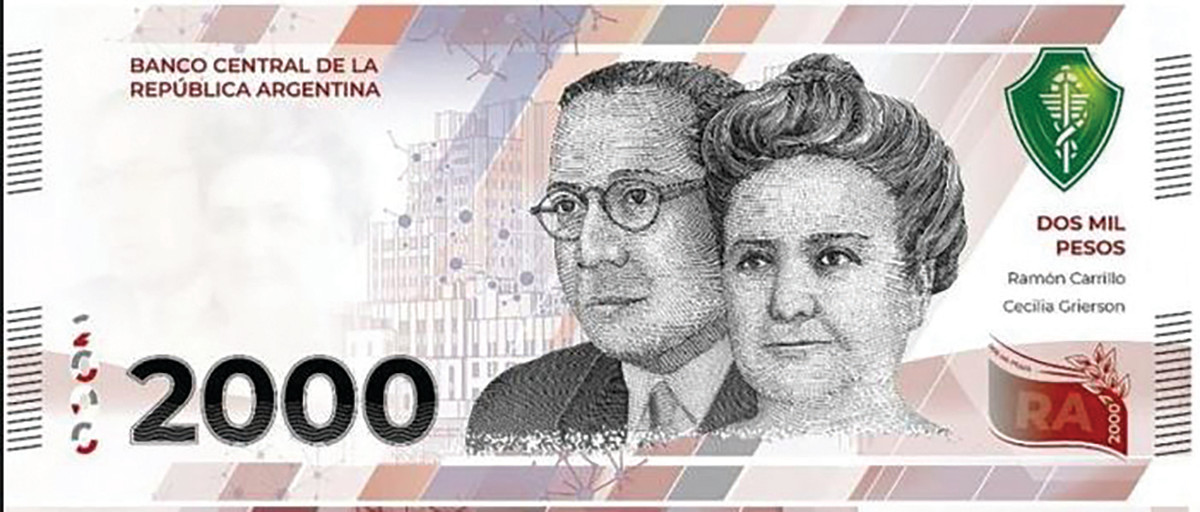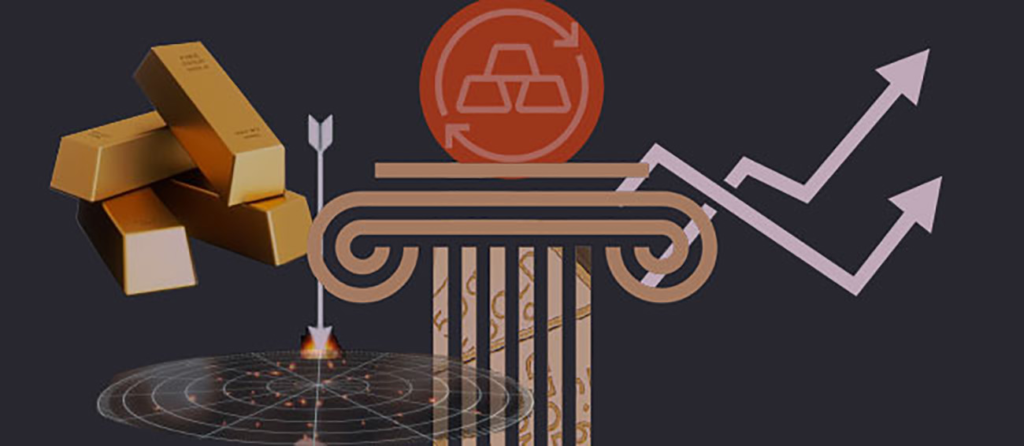Remarks by Secretary of the Treasury Janet L. Yellen at the Open Session of the meeting of the Financial Stability Oversight Council
Editorial: The Financial Stability Oversight Council was Established in 2010 under the Dodd-Frank Wall Street Reform and Consumer Protection Act, the Financial Stability Oversight Council provides comprehensive monitoring of the stability of our nation’s financial system.
This council is charged by statute with identifying risks to the financial stability of the United States; promoting market discipline; and responding to emerging threats to the stability of the U.S. financial system.
This council may be monitoring and identifying but they aren’t doing anything to reduce excessive government spending which has resulted in a $2.5T annual U.S. budget deficit, a 40 year high inflation rate, and a U.S. National Debt approaching $34T? This is just more of the same nonsensical approach of creating more layers of bureaucracy expense and resolving nothing.
November 3, 2023
As Prepared for Delivery
Our first agenda item is to discuss and vote on the Financial Stability Oversight Council’s analytic framework for financial stability risk identification, assessment, and response, and on the Council’s interpretive guidance on nonbank financial company designations. Before we turn to the presentation, I’d like to explain why I believe it is so important for the Council to achieve greater public transparency and analytic rigor and how these two documents will help the Council do so.
Financial stability is a public good. The U.S. financial system enables people to make payments, build businesses, save, and manage risks. To fill our needs, it has evolved to be complex, diverse, and interconnected. We rely on it every day, and it has succeeded in supporting American families and businesses, enabling wealth creation and economic growth over generations. But, when it falters, we can experience financial crises that can devastate households and businesses for years afterwards.
This is where the Council, or FSOC, comes in. Congress created FSOC after the global financial crisis to identify and respond to risks to financial stability. To maintain the strength of the financial sector, we need a nimble but robust structure to monitor and address the build-up of risks that could threaten the system. In the lead-up to the global financial crisis, inadequate oversight led to reckless risk-taking. When large, interconnected financial companies failed in 2007 and 2008, stress spread through the financial system and then to the real economy. The reforms implemented after that crisis substantially strengthened the financial system. And the banking system as a whole remains strong. But recent stresses in some financial sectors arising from the onset of the pandemic and the sudden failures of some regional banks underscore the continuing need to remain vigilant to threats to ensure the resilience of the financial system and our economic strength.
This is the purpose of the Council, and our two votes today go to the heart of FSOC fulfilling its critical mission.
Our first vote will be on approving the Council’s analytic framework for financial stability risks. This framework will help the public better understand how the Council goes about its work and how it draws on its various statutory tools to respond to risks. For the first time, it provides a clear explanation of how the Council monitors, evaluates, and responds to potential risks to financial stability, regardless of whether they come from activities, individual firms, or other sources. Under the framework, the Council’s response to a particular risk to financial stability will depend on the nature of the risk. Often, risks emanate from widely conducted activities and can be effectively addressed through action by an existing regulator or interagency coordination. Other times, risks are instead concentrated in one or more specific nonbank financial companies.
This brings me to the Council’s guidance on nonbank financial company designations. Among the tools Congress gave the Council is the authority to designate a nonbank financial company for Federal Reserve supervision and prudential standards if the company’s distress or activities could pose a threat to financial stability. The guidance we are voting on today will help ensure that the Council is able to use this authority as needed. It describes in detail the procedural steps for the Council’s review of nonbank financial companies for potential designation. These involve rigorous analysis and transparency. The guidance maintains strong procedural protections for companies under review, including significant Council engagement and communication, and provides them with opportunities to be heard. The guidance also affirms that the Council will engage extensively with companies’ primary financial regulators. The guidance also eliminates several prerequisites to designation in place under the current guidance that were not contemplated by the Dodd-Frank Act and that are based on a flawed view of how financial risks develop and spread. And, again, designation is only one of the Council’s tools and is not being prioritized over other approaches to addressing financial stability risks.
In voting to adopt the analytic framework and guidance, we will increase the transparency of the Council’s work and establish a durable process for the Council’s use of its designation authority, strengthening the Council’s ability to promote a resilient financial system that supports all Americans.
With that, let me turn to Sandra Lee, Treasury’s Deputy Assistant Secretary for the Council, for the presentation.







